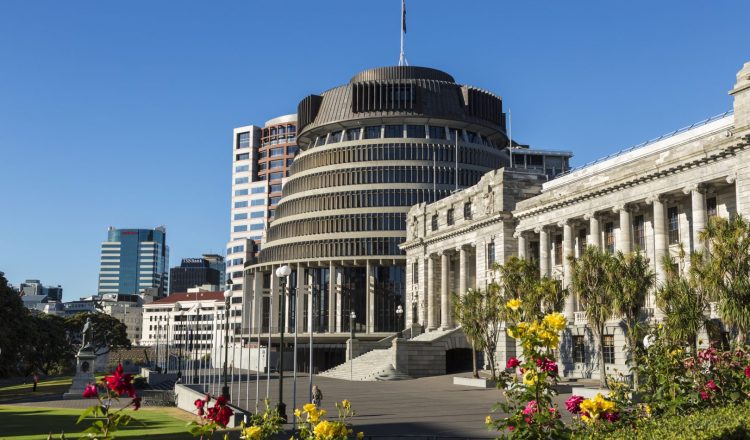地方自治体
地方政府や地方自治体とは、ニュージーランドの地方議会、地区議会、市議会、単一議会のいずれか、またはすべてを指す言葉です。中央政府がすべてのニュージーランド国民にとって重要な幅広い問題を扱うのに対し、地方政府は地域社会に特有の問題を管理しています。ニュージーランドには78の地方自治体(議会、カウンシルとも)があります。11の広域自治体(Regional councils)、12の都市自治体(City Councils)、54の地区自治体(District Councils)、そしてオークランド自治体(統合自治体)です。
広域自治体(Regional Councils)
広域自治体の主な責務は、地域全体の環境、資源、交通計画の問題を管理することです。地域には、いくつかの普通地方自治体が含まれる場合があります。広域自治体は以下を管理しています。
- 土地、空気、水の持続可能な利用
- 河川、洪水対策、土壌侵食の軽減
- 動物および計画的な害虫駆除
- 陸上輸送の計画と旅客サービスの契約
- 港の航行、安全なボート遊び、油流出の管理など、海洋汚染に関する問題の管理
地域自治体(都市自治体および地区自治体)
普通地方自治体には2つのタイプがあり、都市自治体は5万人以上の人口を抱え、都市部を中心に活動しているもので、地区自治体はそれよりも人口が少なく、広範囲に分散しているものです。普通地方自治体は、通常、以下のサービスをコミュニティのために管理しています。
- 水の供給
- 道路や公共交通機関の整備
- 販売された廃棄物の収集と処理
- 自然災害の回避または軽減
- 規制当局のサービス(例:犬の管理、酒類の認可)
- 図書館、博物館、保護区、レクリエーション施設、その他のコミュニティインフラ
統合自治体(Unitary Authority)
統合自治体とは、広域自治体の権限と責任を併せ持つ普通地方自治体のことです。ニュージーランドには6つの統合自治体があります。以下の6つです。
- オークランド
- ギズボーン地区
- チャタム・アイランド
- マールボロ地区
- ネルソン市
- タスマン地区

















































